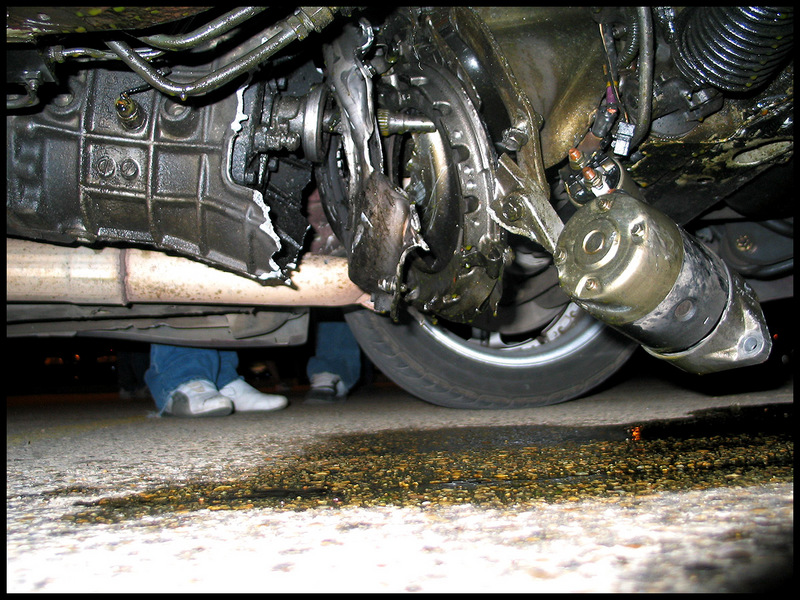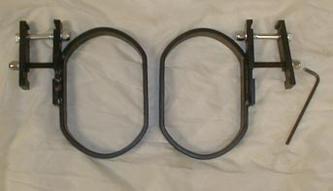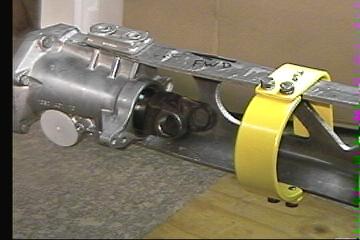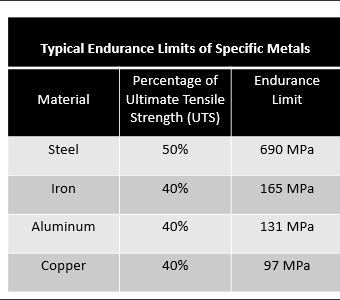they come in a hundered designs but its important, to keep the drive shaft from dropping under the car if a u-joint fails
EXAMPLES
Most tracks require driveshaft safety loops for ET's quicker than 12.99 or 13.99 in the quarter. BMR's NHRA legal safety loop for the 2004-06 GTO welds onto the factory floorpan reinforcement and has locating holes for proper positioning. Two piece design allows installation without removing driveshaft and will fit driveshaft diameters up to 3.5". Available in Black Hammertone or red powdercoat
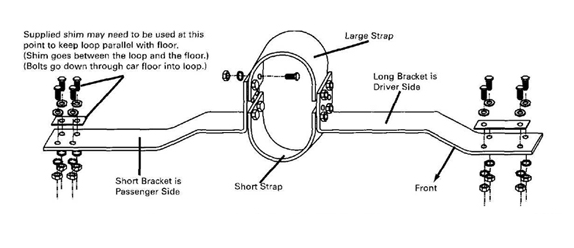
http://www.fordmuscle.com/forums/tech-e ... ation.html
http://www.thrashdriveshaft.com/
http://www.afterthoughtsauto.com/gto-loop.html
http://home.fuse.net/fastmonte/DSSL4Gbodies.htm
http://www.dragvette.com/
http://www.dragvette.com/irs_build_up.htm
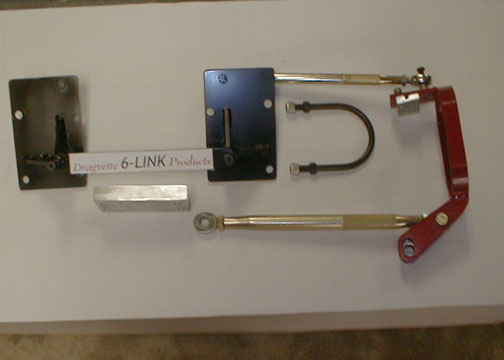


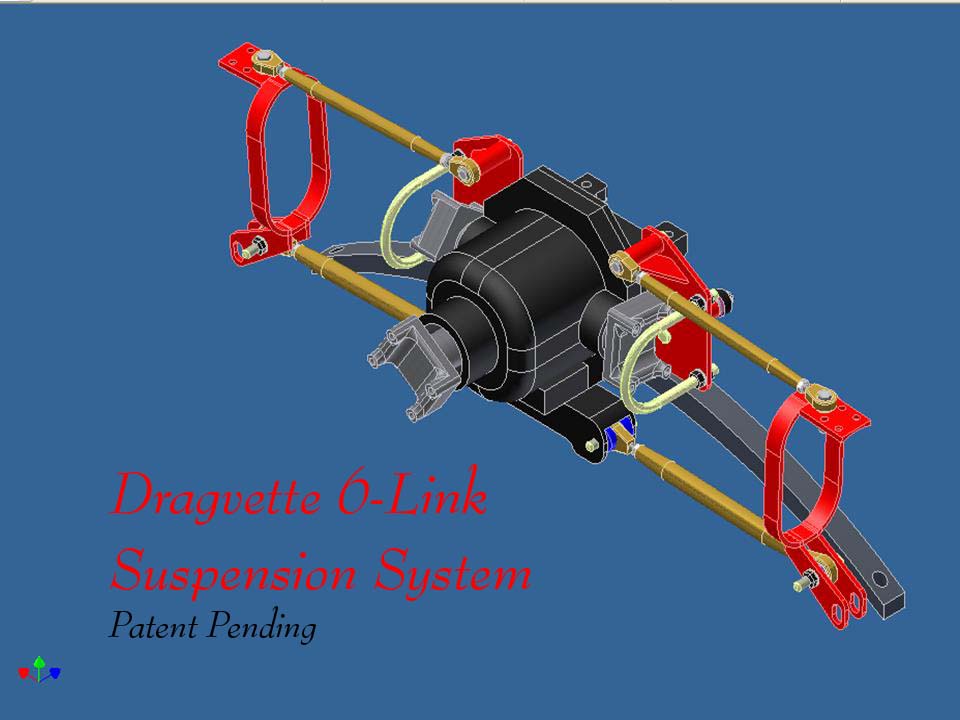
http://www.eastcoastsupercharging.com/h ... haft_loops
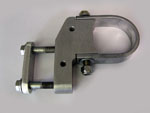
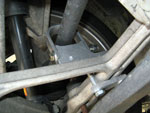

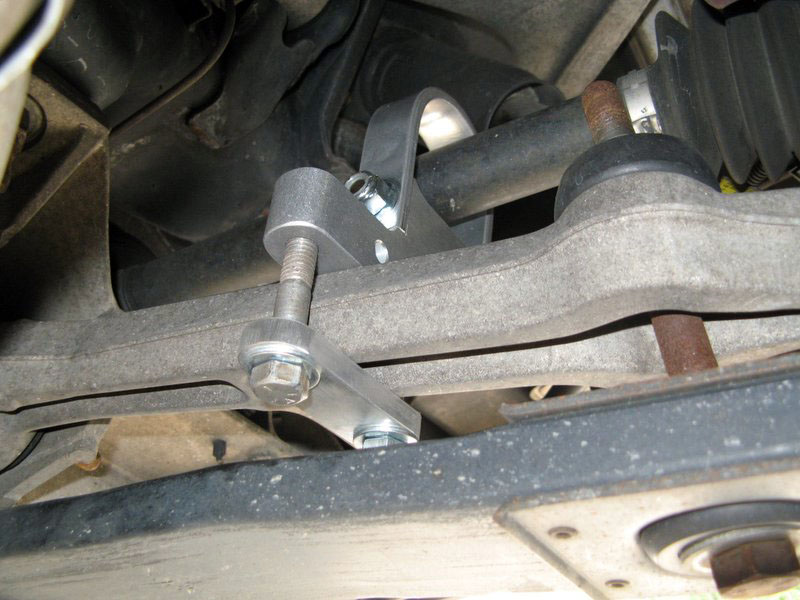
OBVIOUSLY youll want different designs for various applications, and having access to a welder, and a drill press or mill, and minimal fabrication skill can save you time and money
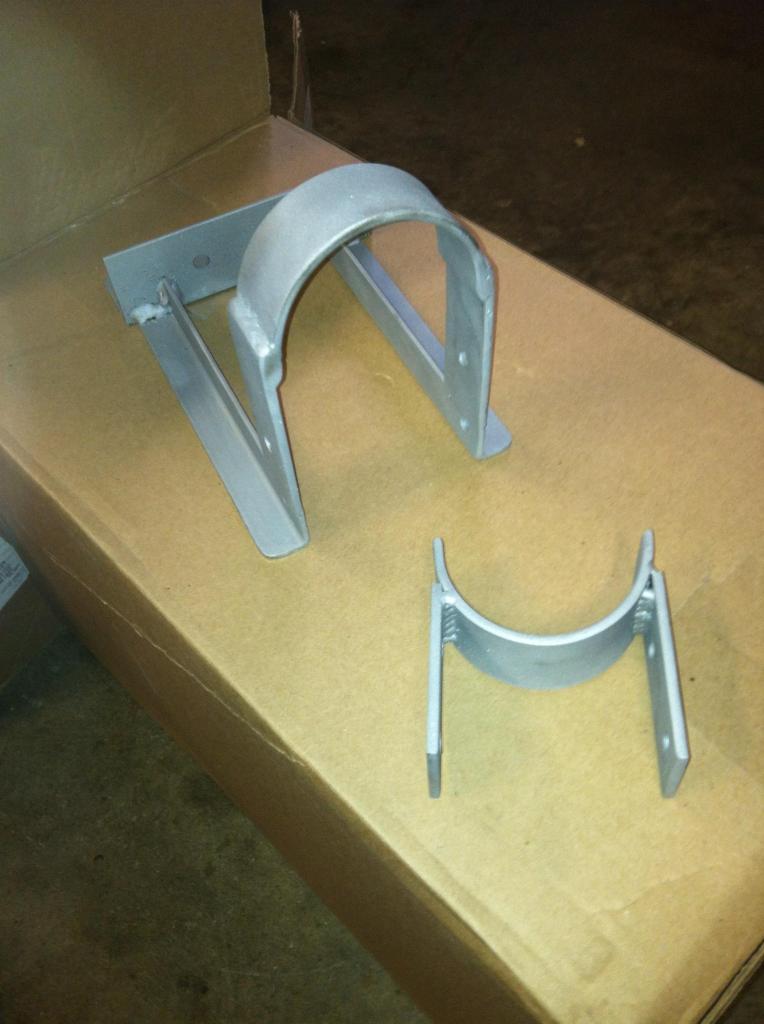

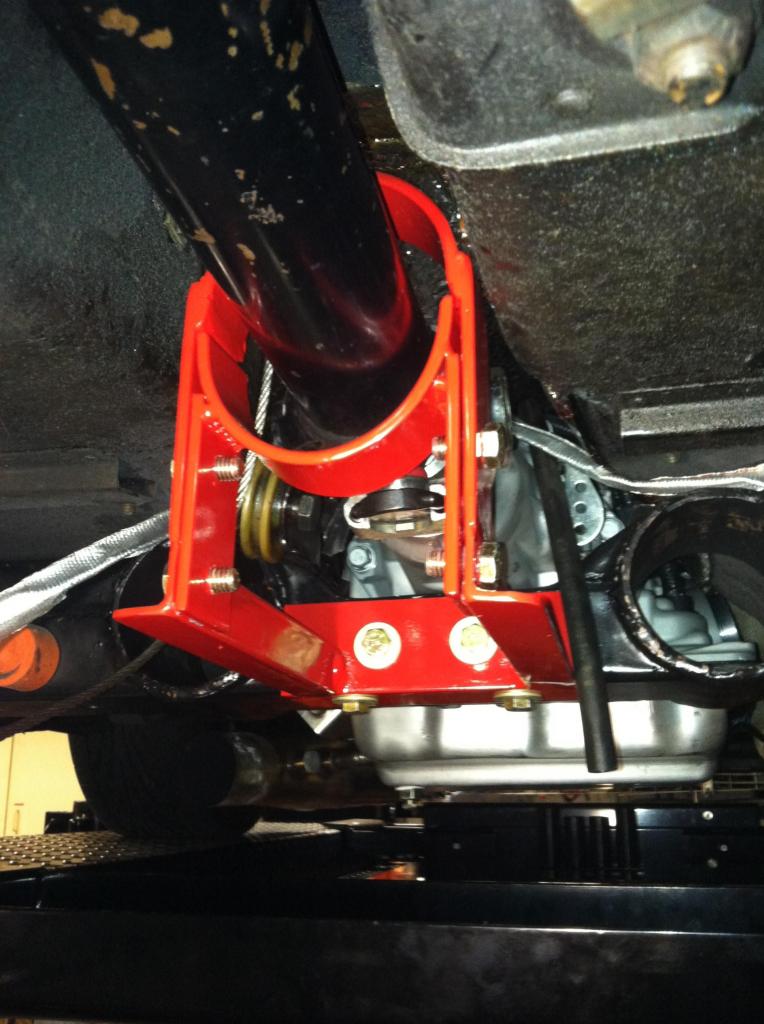


EXAMPLES
Most tracks require driveshaft safety loops for ET's quicker than 12.99 or 13.99 in the quarter. BMR's NHRA legal safety loop for the 2004-06 GTO welds onto the factory floorpan reinforcement and has locating holes for proper positioning. Two piece design allows installation without removing driveshaft and will fit driveshaft diameters up to 3.5". Available in Black Hammertone or red powdercoat

http://www.fordmuscle.com/forums/tech-e ... ation.html
http://www.thrashdriveshaft.com/
http://www.afterthoughtsauto.com/gto-loop.html
http://home.fuse.net/fastmonte/DSSL4Gbodies.htm
http://www.dragvette.com/
http://www.dragvette.com/irs_build_up.htm




http://www.eastcoastsupercharging.com/h ... haft_loops




OBVIOUSLY youll want different designs for various applications, and having access to a welder, and a drill press or mill, and minimal fabrication skill can save you time and money





Last edited by a moderator:

